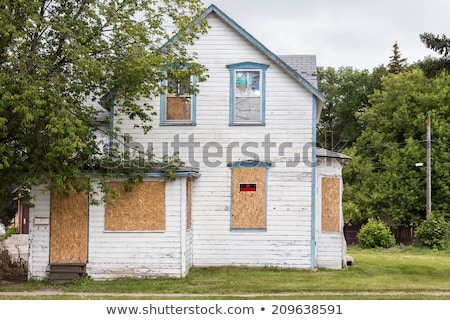“TIME AND MONEY”
by Contributor

(Feb. 6, 2019) — While housing markets can fluctuate, there’s never really a wrong time to buy a fixer upper. Regardless of the strength of the market, you’re likely to get a fixer upper for way less than the price of a fully renovated home of similar size and location. This is because prices for these homes are less susceptible to shifts in the market.
Sounds good, right? But then, don’t forget that buying a fixer upper means you have to, well, fix it up. That means both time and money. Here are the secrets to making it a success.
Ask the experts.
Before you do anything, ask an expert evaluator to take a look at the place and tell you what repairs you’ll likely need. That way, you can estimate the time and money it will take you to get the house in habitable condition.
Pick the right property.
Ideally, your fixer upper will be a home that no one wants right now, but that can be easily turned into something everyone will want. Many things that turn buyers off, such as outdated decor, broken fixtures, and missing appliances, are easily fixable. Picking up a home with these imperfections, but minimal structural problems, means you’ll start making money right from the moment you close.
All you’ll need is a bit of elbow grease and a few power tools. Check out Riffle NW – Porter Cable is just one of many brands you’ll find there.
Location, location, location.
While all fixer uppers can be fixed on the inside, not all of them have potential on the outside. Location is important. Buy a fixer upper next to a school, on a busy road, or somewhere equally undesirable, and you simply won’t get the resale price you’re looking for, even if you do a spectacular job of the renovation. Do your research and search for properties in up-and-coming neighborhoods. By the time your renovation is completed, just choosing the right location could add a few thousand dollars to its resale price.
Cosmetic or Structural?
Most fixer uppers will be in less than ideal condition. If they weren’t, they wouldn’t be fixer uppers. However, some problems will be structural, and others will be cosmetic. Cosmetic issues can include peeling paint or wallpaper, scratched or damaged flooring, damaged wiring, broken appliances, or missing fixtures. More structural problems can be expensive, time-consuming, and require the advice of an expert. These problems can include plumbing problems, missing concrete on the driveway, foundation issues, roof problems, or complete remodeling of kitchens or bathrooms.
Always have the home inspected before you buy it. Cosmetic issues are much easier to fix than larger structural ones. You need to know precisely what it is you’re getting yourself into.
The most important thing to remember is that not all fixer uppers require equal fixing. What needs to be fixed is subjective. What might be a major rehab for one person could be a walk in the park for another. Before you buy, consider your expertise, finances, and to what extent you want to tackle a home that requires serious renovation to make it habitable, or profitable for resale.

